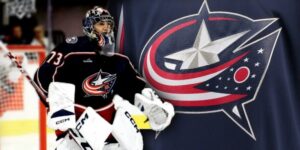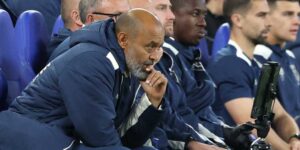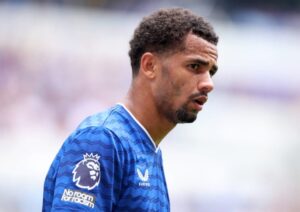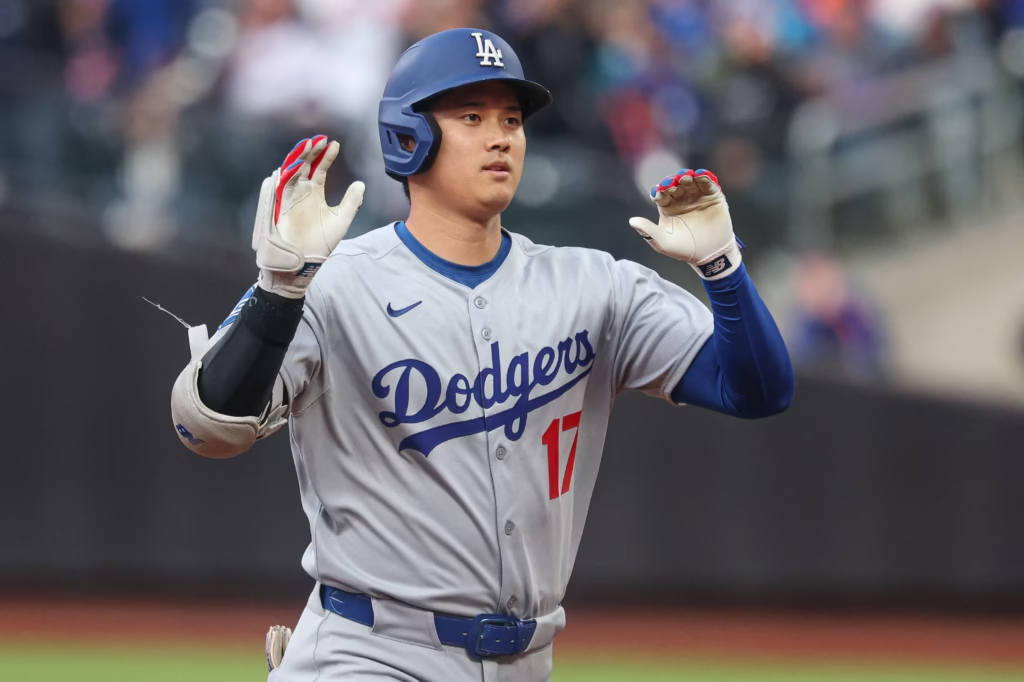
MLB superstar Shohei Ohtani returns to the mound in pitching debut for the Dodgers
Baseball superstar Shohei Ohtani made his pitching debut for the Los Angeles Dodgers Monday and returned to the mound for the first time since 2023 after elbow surgery.
Shohei Ohtani makes his long-awaited pitching debut for Dodgers in win over Padres
Roughly four hours before first pitch Monday night, Shohei Ohtani sat at his locker in the Dodger Stadium clubhouse and prepared for a moment almost two years in the making.
First, the reigning MVP unwrapped the black compression sleeve he wears when pitching, and pulled it over his prized right arm. Then, he grabbed his bat and a pair of hitting gloves and headed toward the cages.
On this day, each piece of equipment was needed.
After a 663-day wait, the two-way star would be playing both ways again.
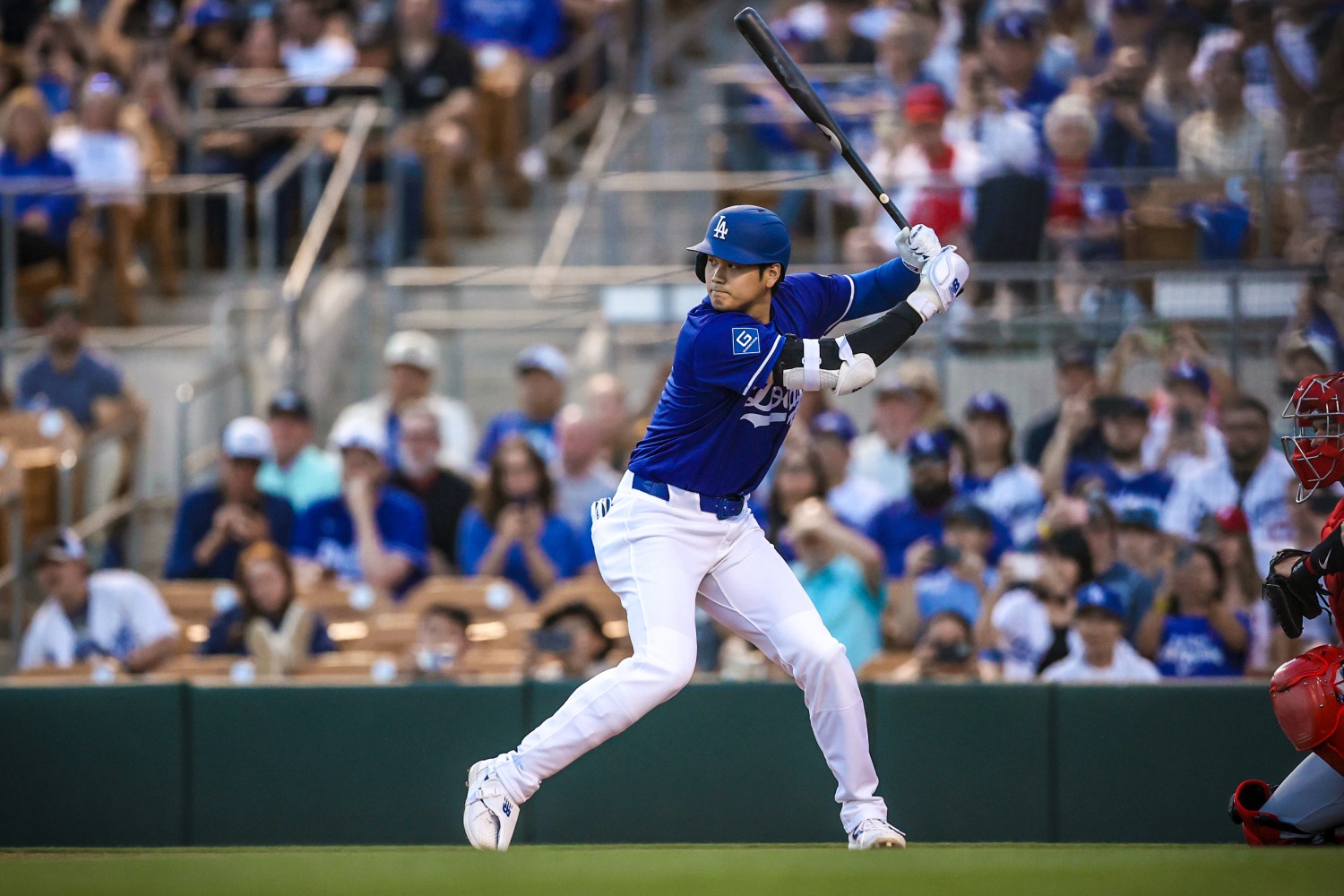
In the Dodgers’ 6-3 win against the San Diego Padres on Monday, Ohtani made his long-awaited return as a pitcher from a September 2023 Tommy John operation, taking the mound in a Dodgers uniform for the first time as the club’s starter while also continuing to serve as their leadoff hitter in the lineup.
For Ohtani, it was a return to normalcy — resuming the two-way role that made him one of the game’s preeminent stars from 2021-2023 while playing with the Angels.
But for the Dodgers, it was a mesmerizing new sight — the first time they’ve seen Ohtani pitch and hit for them since he signed his 10-year, $700-million contract two offseasons ago.
“We saw it from the other side, from afar, when he was with the Angels,” manager Dave Roberts said before the game. “So now, I think I got the best seat in the house to watch this guy start and then take an at-bat. This is bananas. So I’m thrilled.”
Ohtani’s pitching outing was brief, by design, lasting just one inning and 28 pitches. He yielded one run on two hits (a pair of flare singles from Fernando Tatis Jr. and Luis Arraez) and a sacrifice fly from Manny Machado. And while his fastball touched 100 mph — harder, he said, than he meant to throw it in his first outing back from surgery — his overall execution was far from flawless.
“I can’t say it’s a good performance results-wise,” Ohtani said in Japanese. “But just there being a feeling that I can throw again next time is a step forward.”
Ohtani’s command looked rusty, the right-hander missing the zone 12 times including one wild pitch. Though he got three swing-and-misses, he failed to finish any of his five two-strike counts with a strikeout (though Machado nearly went around on a two-strike sweeper, needing a generous check-swing call from an umpire before lifting his sac fly).
When Ohtani finally retired the side, it felt more like a sigh of relief, with his climbing pitch count already leading to action in the bullpen.
Yet, the ovation he received marked the momentousness of the occasion; reminding a sold-out crowd of 53,207 not only of his two-way capabilities, but also the tantalizing arsenal he still possesses even after a second career elbow reconstruction.
“To take this on — the physical [toll], talent-wise, the psychology of it — this is a big undertaking,” Roberts said. “As people say, he’s a unicorn.”
Initially, it appeared the Dodgers would have to wait at least another month before seeing Ohtani pitch in a game. Despite some optimism before spring training that Ohtani could resume pitching in April or May, the team had been slow-playing his pitching program ever since the start of the regular season, long ago targeting some time after the All-Star break to add him into their rotation.
“This is such a unique scenario,” general manager Brandon Gomes said. “[We were] making sure we’re not doing anything to put the offensive side in jeopardy.”
In the last couple weeks, however, that calculus started to change.
First, Ohtani impressed coaches and executives in three different live batting practice sessions, working his way up to three innings and 44 pitches in his most recent one in San Diego last week.
Then, in meetings with team officials, Ohtani expressed some concern with continuing to build up in more simulated pregame sessions, relaying the toll it took on his body to pitch several innings in an afternoon before ramping up to DH later the same night.

“The getting hot, throwing a live at 1:30, 2:00, cooling down, coming back, getting ready to lead off the game — I can’t even imagine how taxing that is,” said Gomes, a former big league reliever. “There is no playbook for this. So it had to be an ongoing conversation, and making sure that Shohei is the one driving this conversation.”




